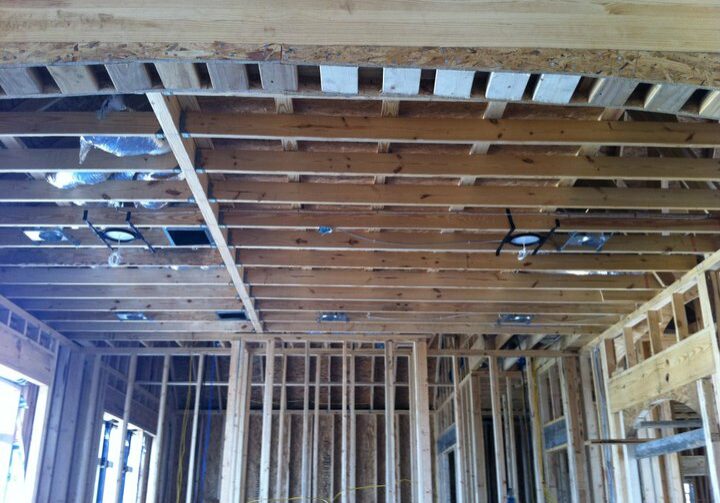Not sure if you should prewire your house? Quite simply…Yes! Building a new home is a fun and exciting time that requires a lot of planning. Homeowners spend numerous hours choosing the style of cabinets, lighting fixtures, floor finishes and paint colors. While these are the things that define the home, most of the important decisions to make are things that are often over looked. These are things like plumbing, electrical lines, HVAC and most importantly low voltage wiring. While most of this stuff is pretty much straight forward, the low voltage deployment is quite critical to make your home a Smart Home. Leaving this task to the electricians could yield to headaches down the road. In fact, most homeowners are dissatisfied with their home wiring when it comes time to get services installed.
Electrical wiring and plumbing are much easier to install during frame up and this includes all of your low voltage wiring. Low voltage wiring is the cabling for security systems, surveillance systems, networking cables, distributed audio, video distribution, home automation, wifi and much more. While we won’t get into the exact cables needed in the post, we will give some advantages to prewiring your home.
By installing the cabling during the frame up, you can actually save money and headaches related to the installation of the low voltage cabling. When the walls are open, running the wiring is in fact much easier to get around construction obstacles that could potentially hinder you from getting a wire to that location later down the road. You can also save anywhere from 40-60% over retrofit installations from the labor alone. Not to mention possible deconstruction to open up walls to get cables in place.
With all of the new technology that seems to be growing by the day and most offering wireless capabilities, why should one even consider running wire in the home? It’s quite simple, while wireless offers ease of installation, it does come with its own set of challenges. Some of the struggles are signal strength, network interference, network congestion, battery changes and drop out failure to name a few. Wired devices are much more reliable and can be more cost efficient. There is nothing wrong using wireless devices, just as long as the installation site can support the wireless structure. However, there are some things that wireless just can’t do and that is why you should consult with a A/V integrator to discuss your wants and needs now and for the future.
Another important factor to consider is equipment location and cable routing. Wall mounted televisions are the trend these days and those cable boxes and DVD players need to go somewhere. With the TV being usually located over a mantle, getting the HDMI signal from the equipment to the television can have its own set of challenges as well. Not knowing how many or what cables to run today can leave you scratching your head. So what do you do? If you know exactly what you need, you can run them now. If you’re not sure, providing a cable conduit between the two locations will leave you the best option to getting the cables you need now and in the future. This holds true to any other location that might not be accessible in the future as well.
With all of the new technology coming out today, I recommend you seek the advise of a A/V pro. Even if its just to talk about what is possible. This way you can make sure your new home is ready to implement this technology today and tomorrow.



